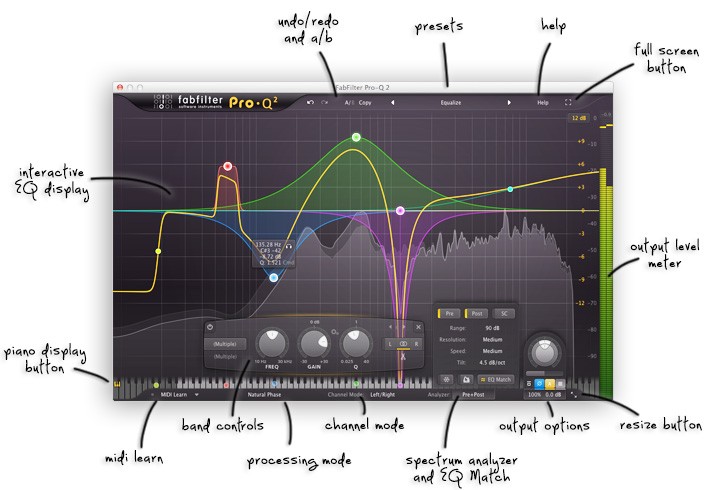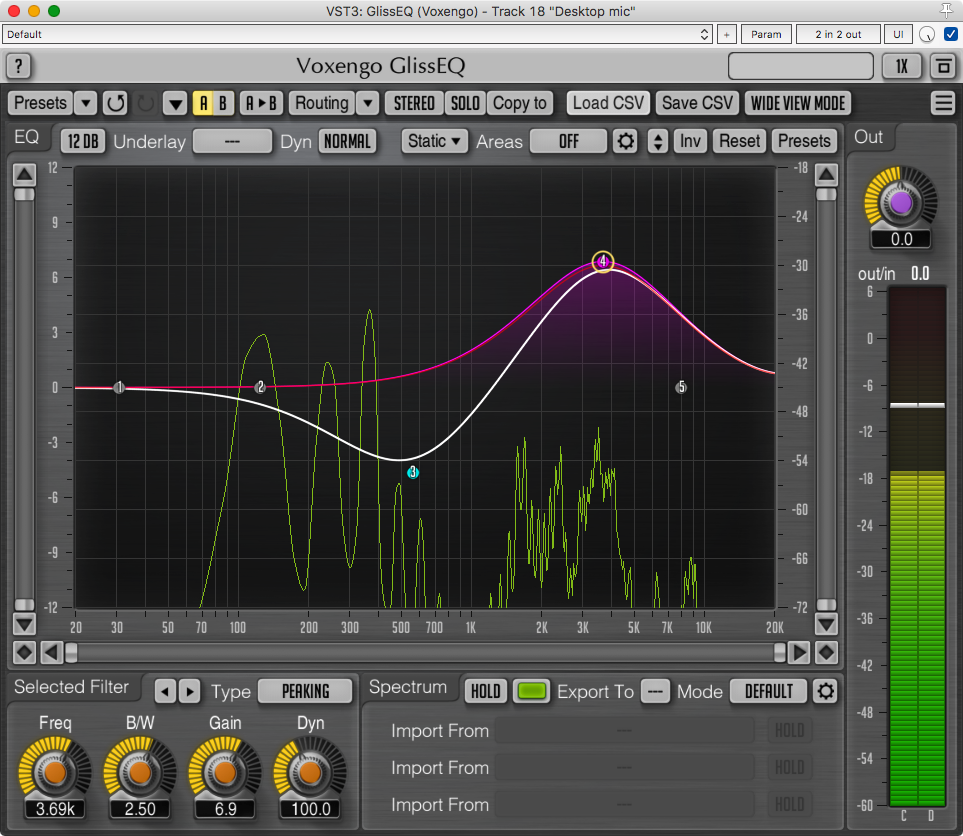
(EDIT: since some people keep asking for a lossless file, here it is below, but as you will all see, it makes absolutely no difference whatsoever to the test and most of you would have to concentrate very hard to tell which file is which in a double blind ABX test anyway.) I've uploaded both the WAV and the MP3 192kbps files together, but the MP3 file has been converted back to a WAV, and you will have to decide for yourself which one is the WAV and which one is the MP3. The mp3 is perfectly fine for this test, because I have done the test with both the original WAV and the mp3 and they both worked the same for the test.) (EDIT: You do not need to have a lossless version to hear the difference.


The Westone 3 pretty much fails altogether at it. The M-50 catches the difference, but it's not nearly as dramatic as with the K+H. The HD555 barely registered that difference. When I listen with the K+H O 300D's, the difference surprised the hell out of me-it was so stark that I couldn't believe how I didn't hear it for years with inferior equipment. Some headphones should be able to detect the difference, but the difference will not be nearly as dramatic as should be. (EDIT: Keep in mind that the test isn't whether you can detect the difference, but whether the difference is very dramatic. On headphones that don't have adequately extended and substantial sub-bass, the G note is hard to detect, thus when the bassline changes to the C notes, not much of a difference is heard. The G notes come back again at 0:47 and the pattern repeats. The difference is very dramatic when heard on capable devices. Then at 0:39, the bassline changes to the C note, and what SHOULD happen is that all of a sudden, the sub-bass energy just vanishes-like the bottom end of the track just drops out and disappears. When the drum beat starts at 0:30, the kick drum masks the bass line (playing G notes), but on headphones/speakers with adequately extended sub-bass frequencies, you can still hear the foundation of the G notes-almost like a shapeless bloom of sub-bass energy. As the track's intro starts to fade in, you'll hear the two consecutive bass notes (G) that plays twice and then repeat 4 times before the notes change to a higher note (C), also repeating the same way. So, if you want to test your audio equipment, do this test. Since then, this track with the badly mixed bass became an excellent test for me to judge how well a headphone or speaker could resolve bass detail. I heard this one glaring bass problem I could not hear before, and double checked by playing the track with those computer speakers and the HD555, and sure enough, they could not show the problem that the K+H effortlessly pointed out.

Years later, when I got my Klein + Hummel O 300D's, I was floored by how badly I had mixed that track. I produced it to the best of my ability, and it sounded pretty good to me then. I composed/recorded a track while staying there, and the mixing/mastering was done on the Sennheiser HD555 and average consumer computer speakers (two satellite with a sub). Years ago, when I was staying at a place temporarily, and I didn't have any decent audio equipment there.

The story behind this is actually kind of funny-basically my past mistake is the basis for this test. While you are using a regular equalizer, you always get what you set: if you set the boost to 100 Hz by 6 dB, then you get exactly + 6 dB at 100 Hz.This post is for those of you who are curious about your audio output devices' ability to reproduce sub-bass frequencies at an adequate level and detail. The most interesting and unique GlissEQ feature are dynamic behavior filters.
Voxengo glisseq vs fabfilter professional#
System requirements : Windows (32- and 64-bit Windows XP, Vista, 7, 8, 10 and later versions) and macOS (10.7 and later versions, 64-bit Intel processor-based) computers (2.5 GHz dual-core or faster processor with at least 4 GB of system RAM, SSE4.2 instructions support required, eg any Intel Core i-, AMD Bulldozer- or Zen-based processor).ĭescription : GlissEQ is a parametric equalizer for professional audio applications.


 0 kommentar(er)
0 kommentar(er)
